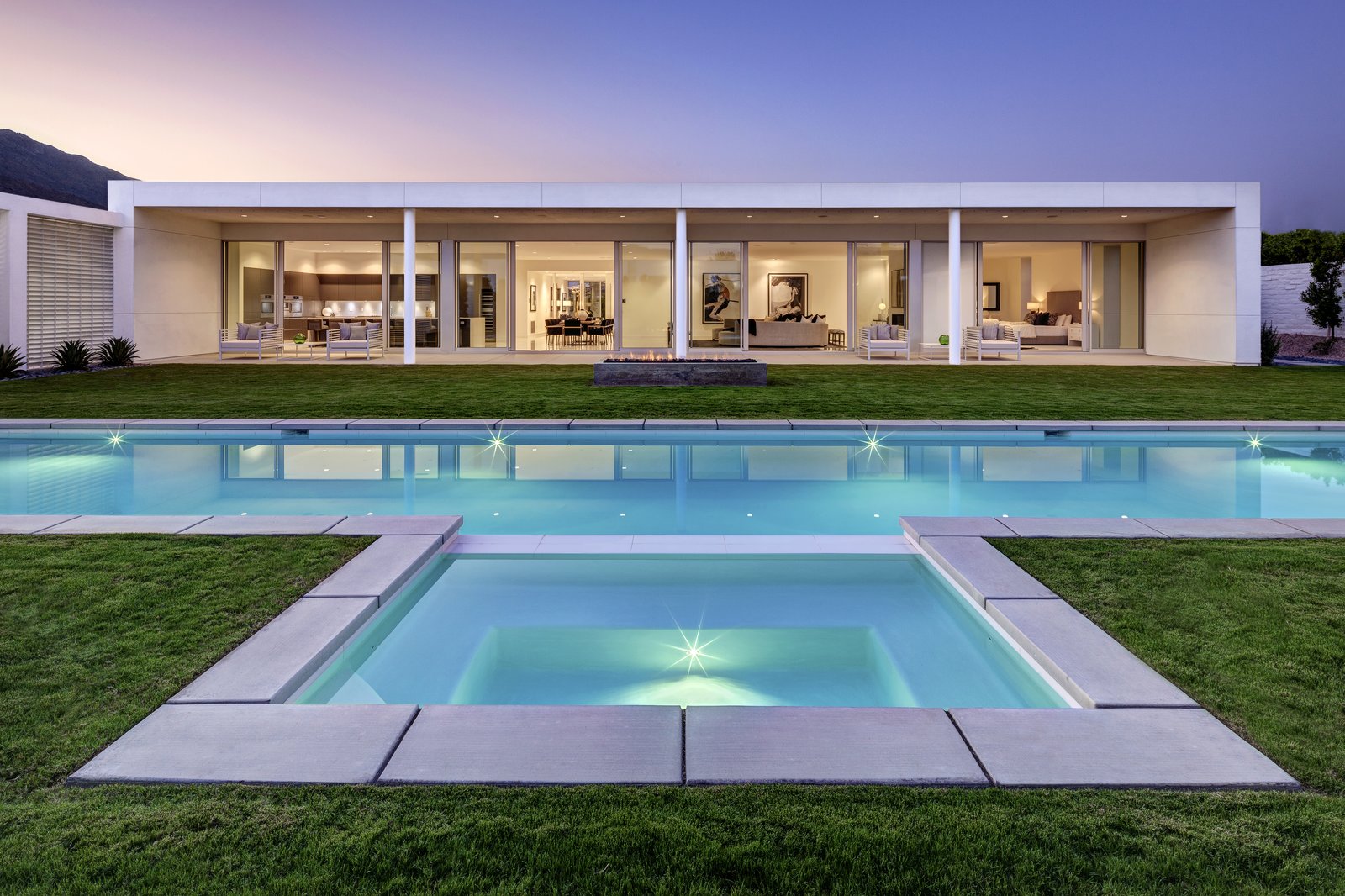Here’s what’s been going on in our greater Palm Springs area real estate market.
In the greater Palm Springs area, we continue to be in a very strong seller’s market. To illustrate that, we refer you to the graph shown at 0:31 in the video above. The graph plots the percentage of sales over the last 90 days that sold above asking price. Since a home will only sell above the asking price if there are multiple bidders, it’s an indirect measure of how many bidding wars are breaking out.
Historically, 10% of all homes sold since 2013 were sold for above their asking prices. This seems to be a natural minimum number. Recently, that number jumped to 22.3%, meaning that over the last 90 days, one out of every 4.5 homes sold for more than their asking prices. This is the bidding pressure that has been accelerating home prices due to the lack of supply.
The months-of-sales ratio, which is inventory divided by the sales rate, measures how many months it would take to sell off the entire inventory at the current sales rate. At the end of 2020, the ratio stood at 1.7 months, which, when compared to 3.7 months at the end of 2019, seems quite dramatic. This is the lowest months-of-sales ratio in the history of the greater Palm Springs area market and is due to record-low inventories and record-high sales. The median number of days on market is now down to just 38 days.
In all price brackets, the months-of-sales ratio continues to fall far below the levels we saw just a year ago. Normally, the ratio is higher in the higher-priced markets, but as the chart at 2:09 in the video above shows, the ratios in all brackets are hovering around two months. Even in the price category over $1 million, the ratio is now just 3.8 months, which is the lowest ratio in this price bracket in Coachella Valley history.
On January 1, the number of Coachella Valley listings stood at 1,507, which is 50% lower than this same time last year. The five-year graph at 2:35 in the video above plots the total inventory of the Valley, combining the number for both detached and attached homes. The seasonal pattern is obvious; inventory usually begins to rise in September. However, this past year has broken the pattern, as inventory has declined as we moved toward the end of the year. We personally think most of this inventory decline is due to homeowners’ reluctance to list their homes and expose themselves to masses of people during the pandemic.
The next charts compare the median price of detached and attached homes in the nine major cities of the Coachella Valley. All nine cities continue to show year-over-year price gains in their median price for detached homes. Six cities show double-digit gains for median detached home prices. Detached home prices in La Quinta are up by 27.5% for the year, while those for Palm Springs are up 22.9%. Five cities show double-digit gains for attached homes. It should be noted that three cities—Palm Springs, Cathedral City, and Indio—now have median prices above their previous all-time highs recorded during the housing bubble of 2006.
In terms of interest rates, Freddie Mac is projecting that we will stay around the 3% mark for a 30-year fixed-rate mortgage through the fourth quarter of 2021. If you look at interest rates throughout each quarter since 2016, you’ll see that we’re definitely in a favorable lending environment for those looking to purchase a home.
For homebuyers, interest rates are 1% lower than they were last year, creating affordability despite the price appreciation. If you’re a seller, our continuously lower inventory numbers and incredibly high demand make now a great time to consider selling your Palm Springs area home.
If you have any questions about your specific situation or real estate in general, we’d love to have a conversation with you. Feel free to give us a call or send us an email or text.




